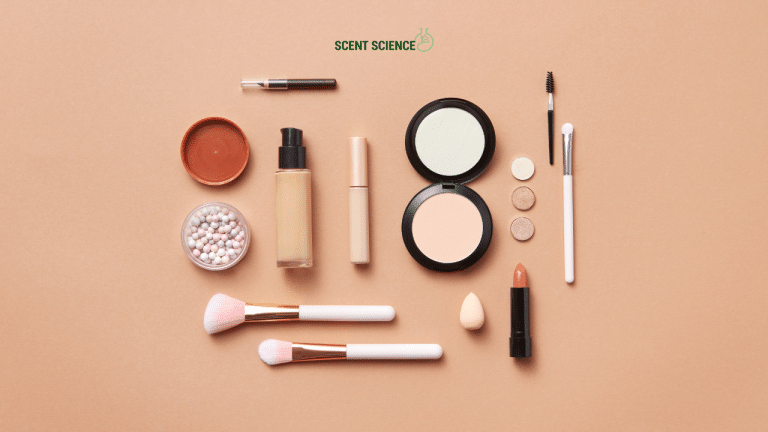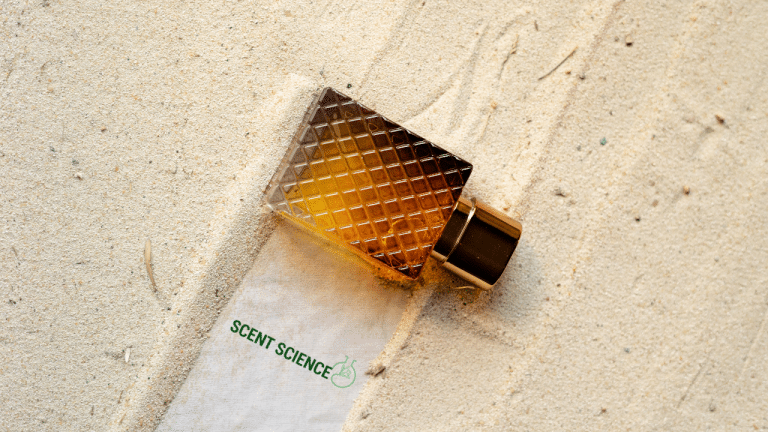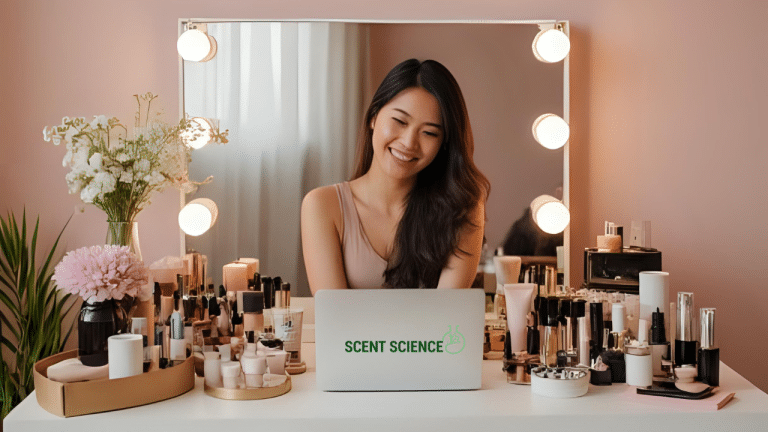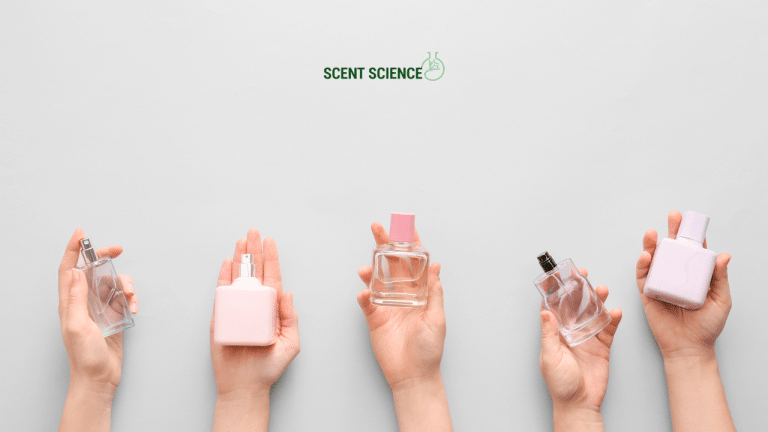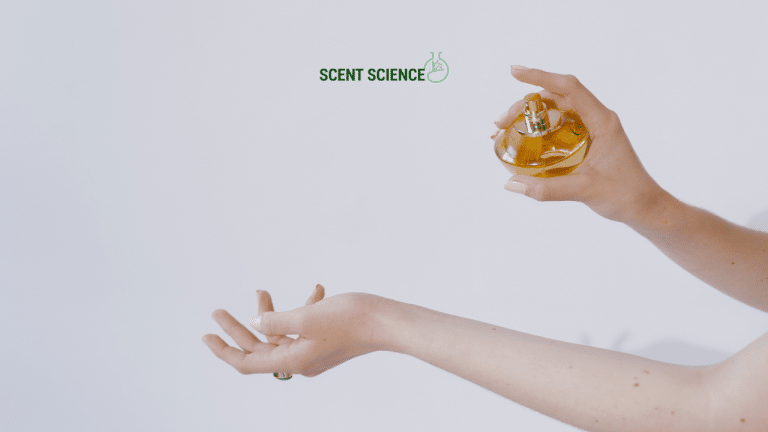Hey there, fragrance aficionado! Have you ever stopped mid-whiff during a magical fragrance experience and wondered about the environmental impact of that lovely bottle on your dresser? If yes, you’re not alone. In our pursuit of decadent aromas, the world of perfume historically harbored a few skeletons in its closet. Let’s be real—those irresistibly tantalizing scents can sometimes come at a sticky environmental price. But hold on to your bottle caps. There’s exciting news brewing in the field of eco-friendly perfume, courtesy of green chemistry.
Table of Contents
ToggleWhat Is Green Chemistry, Anyway?
First things first, let’s unwrap what “green chemistry” means. And no, we’re not talking about crafting with mint juleps. Green chemistry is all about designing products and processes that minimize the use and generation of hazardous substances. In essence, it’s the sustainable science that plays nice with Mother Nature.
When it comes to perfumery, imagine crafting those scent enigmas using methods and materials consciously selected to reduce or eliminate toxicity and waste. Now that’s a concept we can all support, right?
Why Does This Matter in Perfumery?
Perfumes have long been a bridge between humans and nature, but ironically, not every perfume fits the idyllic image of natural beauty. From synthetic chemicals to the ethical sourcing of natural ingredients, standard perfume production can leave a large footprint. A once-beautiful sentiment becomes kind of, well, ironic.
So, what happens when we embrace green chemistry in perfumery? We’re talking about a delightful cocktail of eco-friendliness, creativity in ingredient sourcing, and sustainable processes. It means those charming bottles will have a much friendlier tweak on the environment. Trust me, that’s not something you’ll forget next time you spritz on your favorite fragrance.
Getting into the Nitty-Gritty: Key Principles of Green Chemistry
Engaging in green chemistry principles isn’t as mind-boggling as it sounds. Here’s how the perfume industry can—and does—get in line.
The Use of Renewable Resources

Sources are getting savvy. They’re cutting the fluff and focusing more on renewable, sustainable sources to create charming fragrances. Palm oil from sustainable practices and algae getting their time in the spotlight, for instance. Think of it as a backstage makeover that benefits everyone.
Designing Safer Products
Perfume should make that positive splash without turning the globe into a hazard. Green chemists prioritize creating fragrances lacking those not-so-friendly elements, like phthalates, infamous for their nastily infamous baggage.
Energy Efficiency
Making perfume isn’t just a quick recipe whip-up—it usually takes up quite a bit of energy. Innovators are tapping into processes that use less fuel, making energy-efficient waves in the industry. Kind of like weaning ourselves off plastic straws one eco-action at a time, you know?
Avoiding Waste
Let’s face it: no one loves waste. In scent development, there’s been an emphasis on streamlining steps to keep waste far, far from production lines. Picture it like Marie Kondo-ing waste: If it doesn’t serve our ecological goals, it’s time to let it go.
Real Talk: Comparing Traditional vs. Eco-Friendly Perfume Production
Are you a fan of comparisons to clarify the scene? Cool, let’s unravel a bit of a comparison to get the gears really humming.
| Aspect of Production | Traditional Perfume | Eco-Friendly Perfume |
|---|---|---|
| Raw Materials | Often synthetic and petroleum-based | Plant-based and natural |
| Chemical Processes | Toxic by-products | Minimized waste and non-toxic processes |
| Energy Use | Energy-intensive | Energy-efficient and renewable sources |
| Environmental Impact | High due to pollution and non-renewables | Low due to sustainable practices |
Reading that concise table, rings clear, doesn’t it? When eco-friendly perfumes tick those boxes, suddenly each spritz has a backstory worthy of admiration.
Challenges and Opportunities in Eco-Friendly Perfume Design

Becoming eco-friendly isn’t always sunshine and rainbows—at times, it involves navigating starlit labyrinths of complexity. So let’s chat about both the dreams and hiccups of green chemistry in perfumery.
Sourcing Sustainable Ingredients
While nibbling through nature’s pantry sounds inspiring, the ambiguity in assessing “ethical sources” can come with viability hiccups. As more brands find their eco-friendly footing, doors frequently open for partnerships with ethical growers, crafting a growing era of sustainable science.
Balancing Creativity and Safety
Perfume is art—a sensory composition engaging and igniting emotions. Green chemistry mandates finding a midpoint between explosion-worthy creativity and safety, introducing innovative synthesis that surprises and delights without compromise.
Cost Considerations
With eco-friendliness comes the initial edge-laden debate over cost. While consumer demand increasingly aligns with green visionaries, business predictability can seem complex. Yet, as markets mature and innovation blossoms, costs are inching toward accessibility.
Consumer Education and Expectations
Ah, intentions and reality. Sometimes there’s a gap to bridge. Consumers crave consciousness across the shelves, with an ongoing passion for educating brand believers eager to walk this harmonious journey.
Practical Steps: How To Transition to Eco-Friendly Perfumes
Ready to embrace eco-friendly perfumes on your sustainable journey? We’ve ventured far into abstract territory, now here are some actionable steps to blast off sustainably:

- Start With a Scent Review: See if your current line-up includes eco-friendly starlights highlighted by trusted makers.
- Investigate Intentionally: Go detective mode—brands waving the environmental focus flag should explicitly tick vintage boxes.
- Look Beyond Labels: Catchy names aren’t enough—peer into documentation, certifications, and initiatives reinforcing environmentally-caring footprints.
- Explore Niche Finds: Many niche perfumes master eco-innovation. Neeu-design molten specialties are golden ground for dreamy concoctions.
- 5. **Go DIY Perfume: Dreamed of being a mad fragrance scientist? Time to go hands-on with nature’s leading ingredients! Craft eco-friendly curation tailored to uniqueness without sacrificing sustainability scope—call it artistry sans guilt!
- 6. **Engage and Reflect: Actively share your insights and experiences with friends and fragrance forums, nurturing green curiosity community-wide.
Circling Back: A Future Full of Fragrant Sustainability
Before our perfumed romance concludes, let’s recap here in succinct harmony:
Nike in eco-friendliness represents revelation. Consumers become conscious co-accomplices in absolving past cascades through durable commerce laced with vibrant futures, harmonizing his beauty muse symphony with its verdant muse in cohesion.
With each choice, each spritz, we supplant former aromatic prescription filling voids lighter both keen and kind.
While futures fragrant or tarried resist visage forecast, suffice ventures assume guardian steps here, crafting forward pathways redolent exotically chalice-capable revelation tied innovative sun-kissed firebrand niches glimpse gardens hope vast.
Until next time, grab your eco-friendly perfume bottle and let those sustainable notes whisk you effortlessly toward a fresher, greener tomorrow!
Frequently Asked Questions
What are eco-friendly perfumes and how do they differ from traditional perfumes?
Eco-friendly perfumes are crafted using natural ingredients such as essential oils, plant extracts, and absolutes, unlike traditional perfumes that rely on synthetic compounds. These natural perfumes are free from artificial fragrances, colors, and preservatives, making them a healthier and more sustainable choice[2][4][5).
How do eco-friendly perfumes benefit the environment?
Eco-friendly perfumes reduce the carbon footprint by minimizing the use of synthetic ingredients derived from petrochemicals and promoting sustainable sourcing methods. They also reduce environmental toxins, support fair trade practices, and help preserve biodiversity and ecosystems[1][4][5).
Are eco-friendly perfumes healthier for users compared to traditional perfumes?
Yes, eco-friendly perfumes are generally healthier because they avoid potentially harmful chemicals like phthalates and synthetic musk, which can disrupt hormonal balance and lead to various health issues. Natural ingredients in eco-friendly perfumes are gentler on the skin and overall health[2][4][5).
Do eco-friendly perfumes support ethical practices and animal welfare?
Eco-friendly perfumes often come from brands that prioritize ethical and cruelty-free practices, avoiding animal-derived ingredients and animal testing. This supports humane practices and contributes to a cruelty-free industry[1][4][5).
References- NYC PH. (2023). Sustainable Perfume: An In Depth Look at Ingredients and More.
- ClimateSort. (2024). Eco-Friendly Perfumes: The Ultimate Guide To Sustainable Scent.
- Natural Niche Perfume. (2025). 7 Reasons to Turn to Natural Perfumes for a Healthier Scent Experience.
- Maison 21G. (2024). Sustainable and eco-Friendly perfumes : how to make … – Maison 21G.



